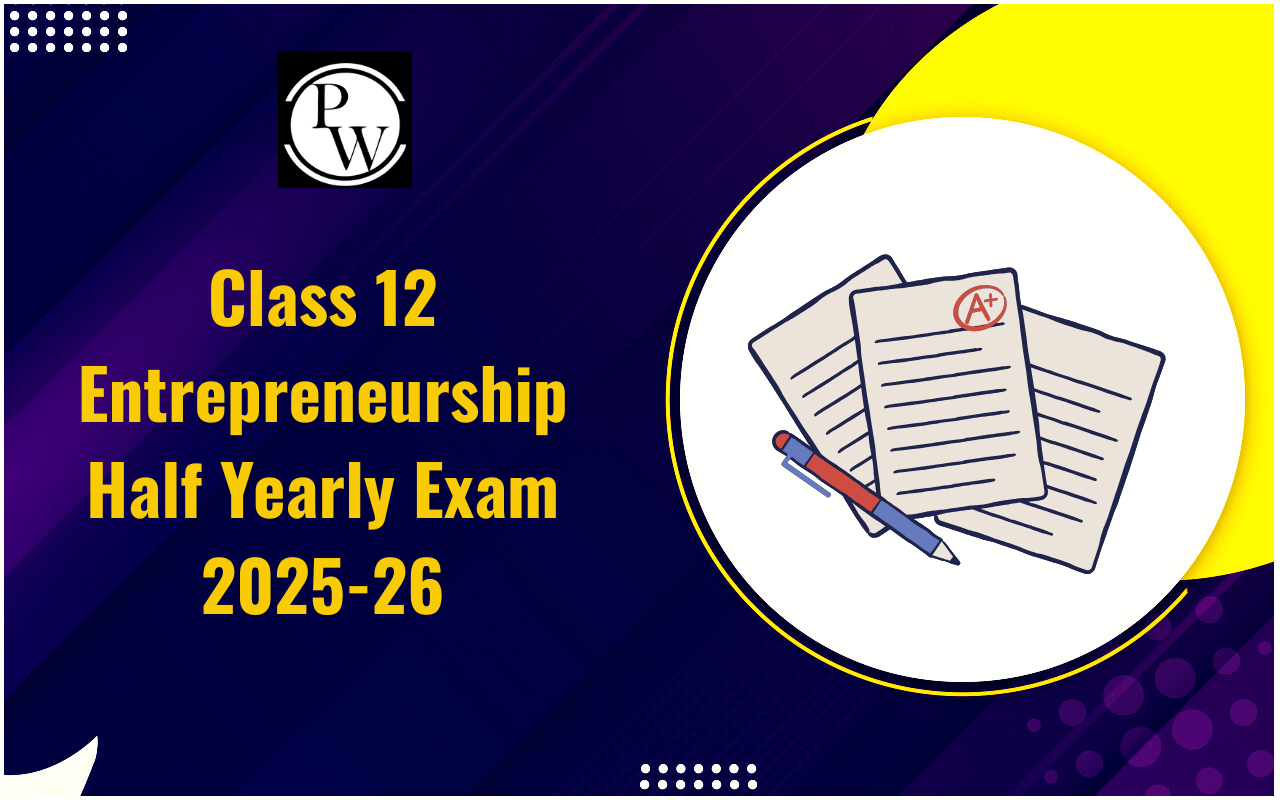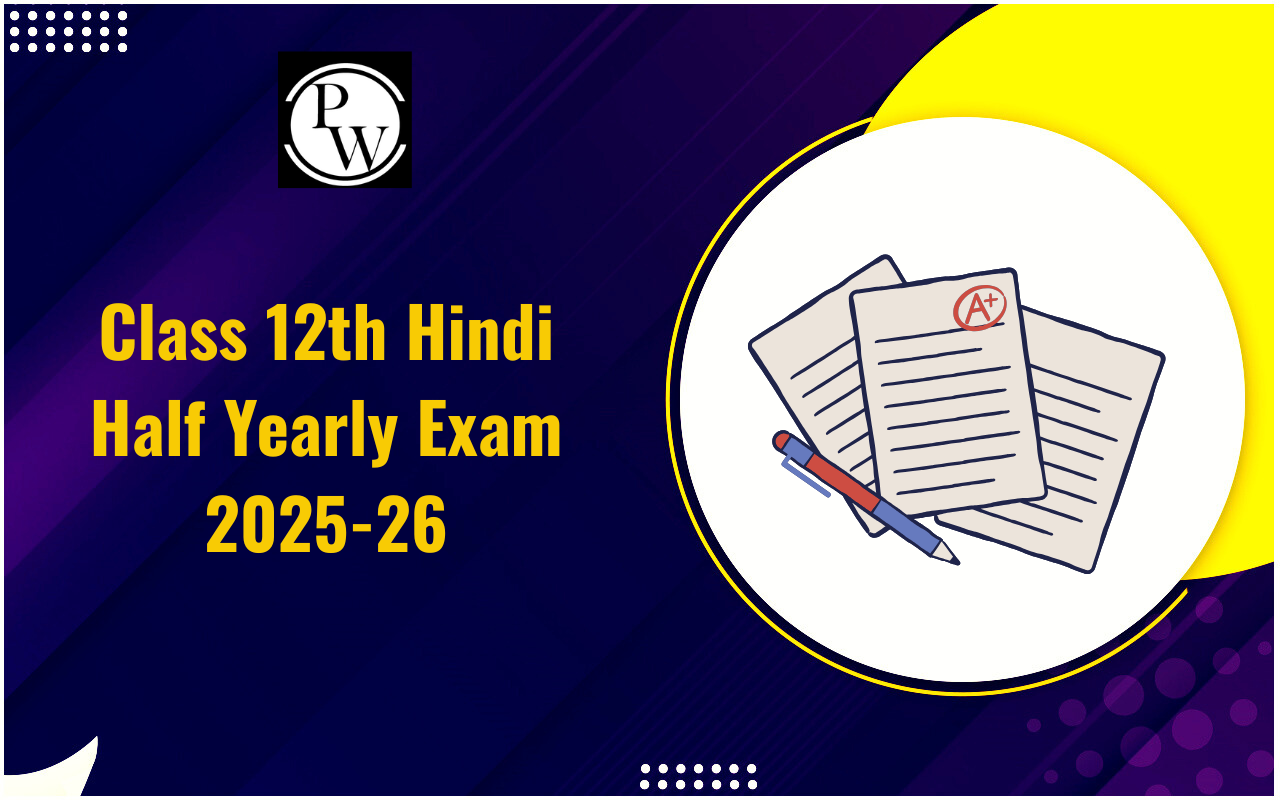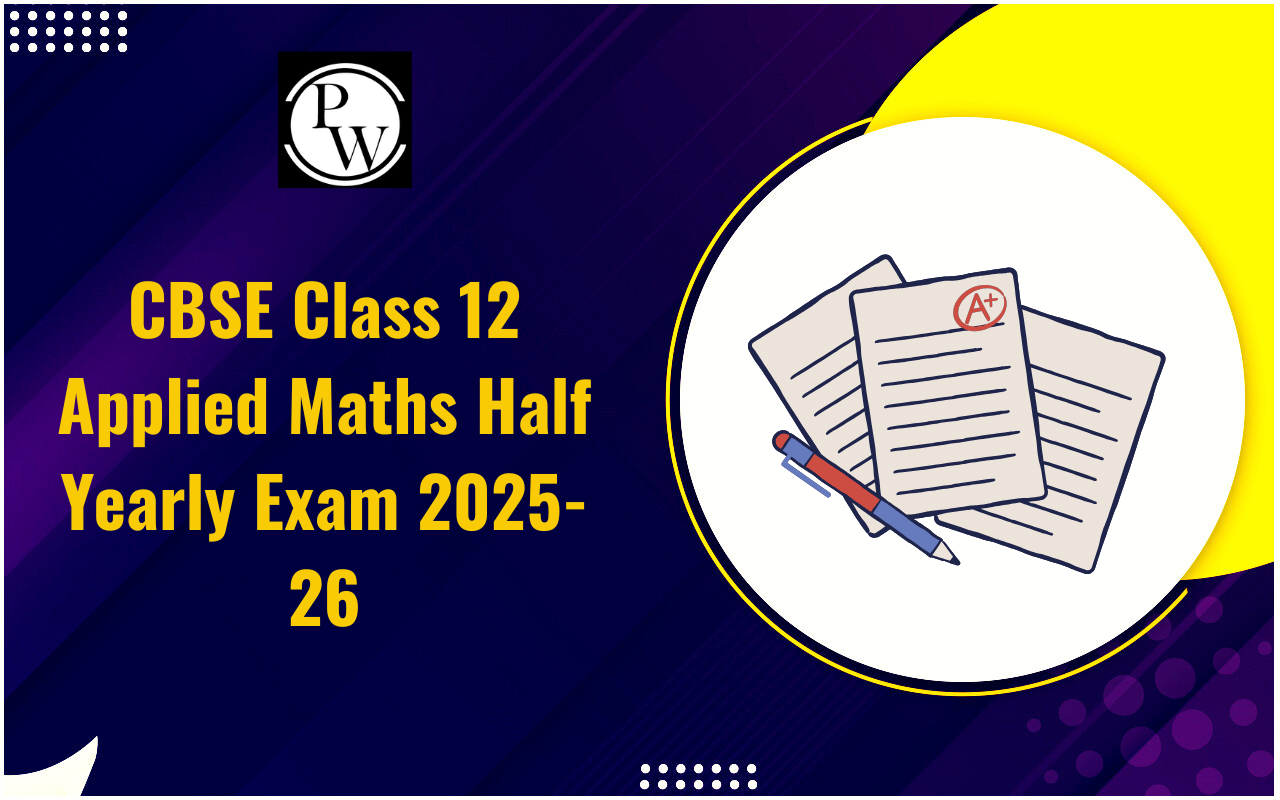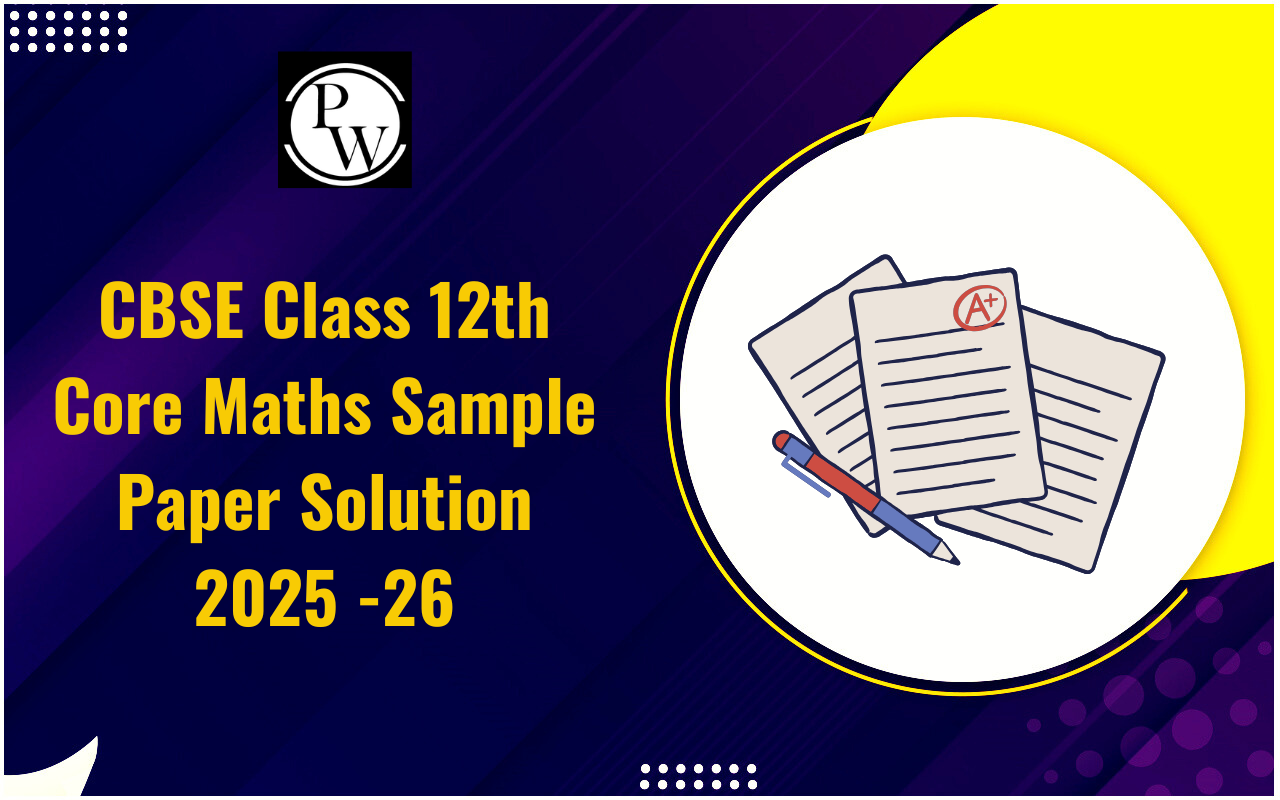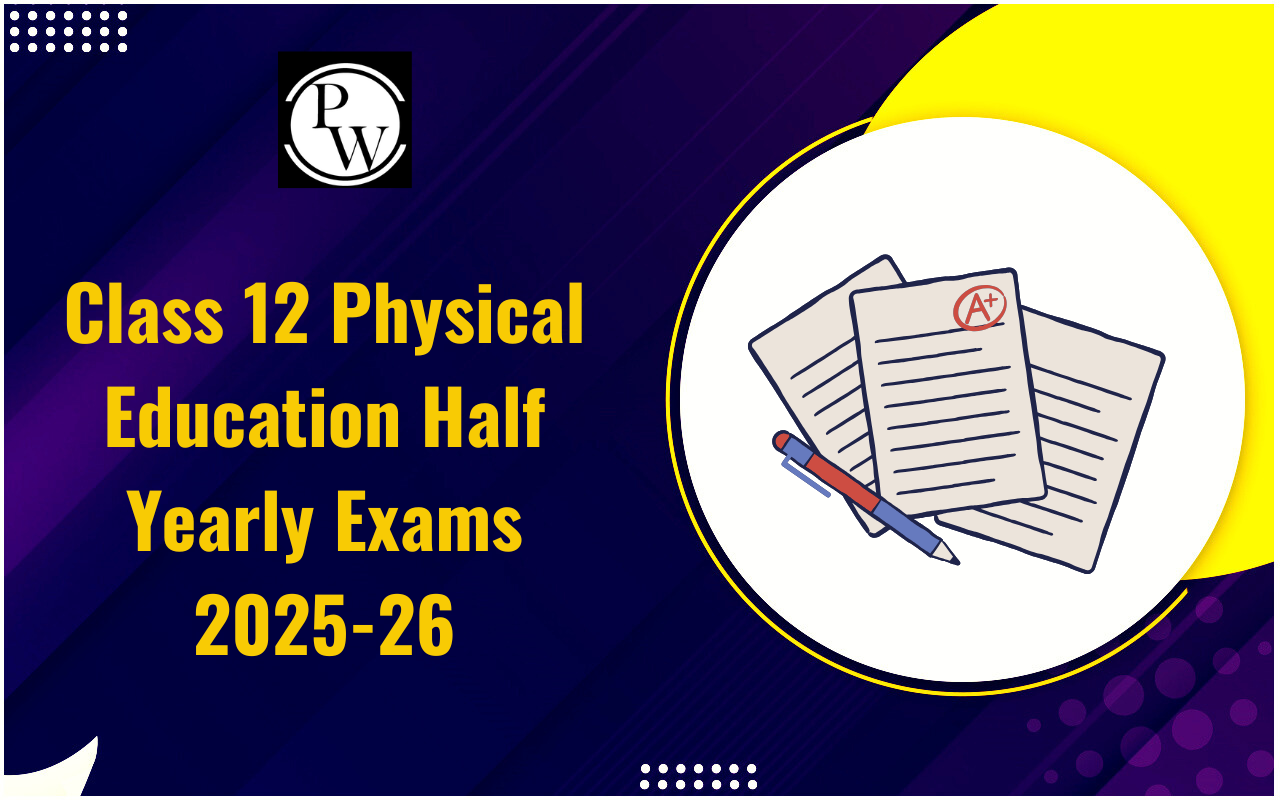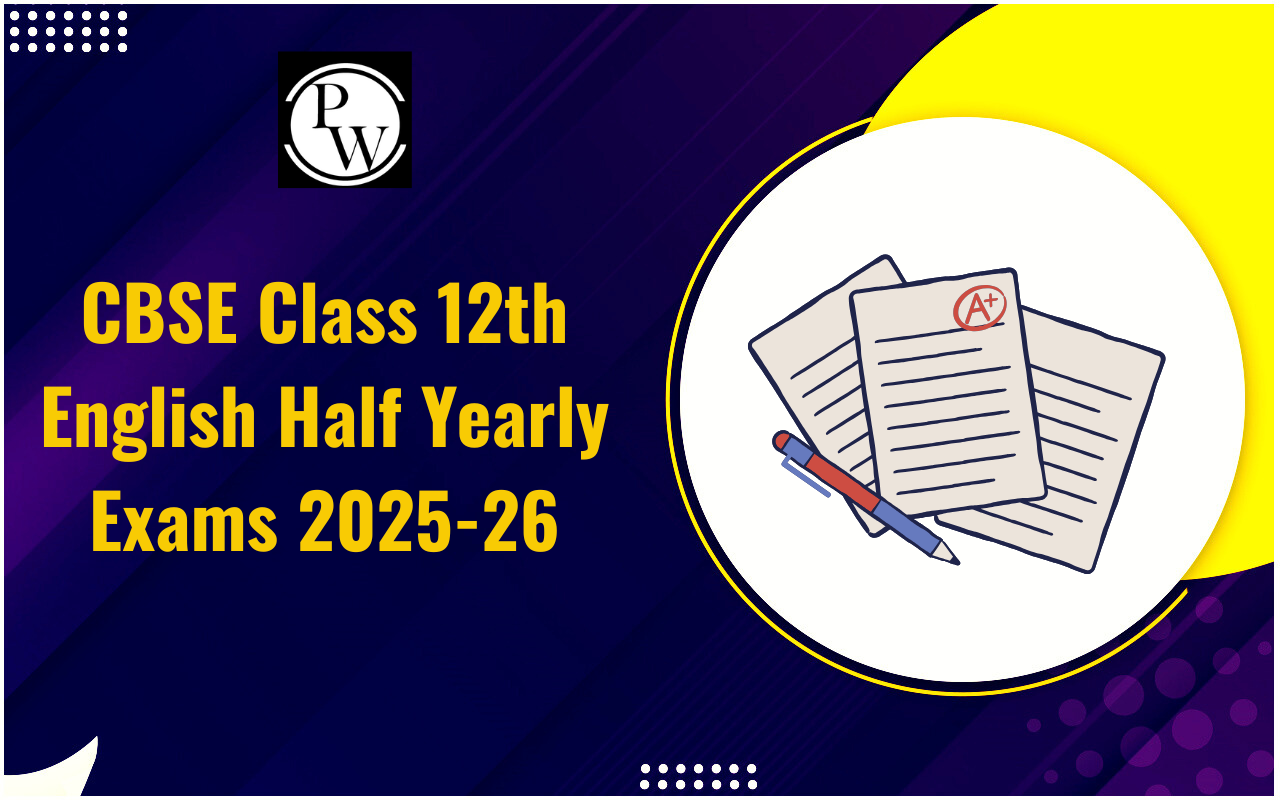
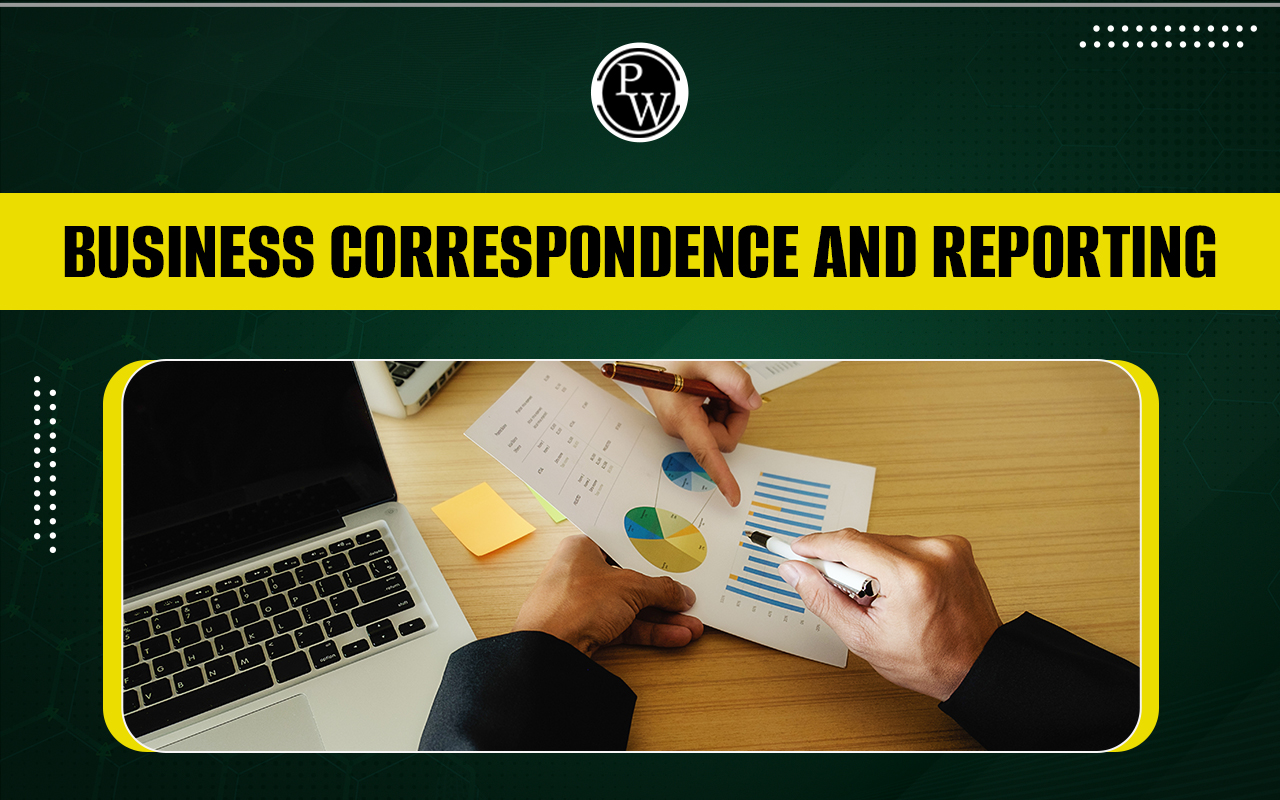
Effective communication is paramount in the fast-paced world of business. Business correspondence and reporting are two critical tools that facilitate this communication, ensuring that information flows smoothly within and outside an organisation. This article delves into the importance of business correspondence and reporting, the various forms they take, and best practices for creating impactful communication.
What is Business Correspondence?
Business correspondence refers to the written communication exchanged between individuals or organizations to conduct business activities. This includes emails, letters, memos, and other forms of written documentation that facilitate the flow of information.The Importance of Business Correspondence
Business correspondence refers to the exchange of information in a written format for the purpose of business activities. This includes emails, letters, memos, and other written communications. Effective business correspondence is crucial for several reasons:- Professionalism and Credibility: Well-written correspondence reflects the organisation's professionalism and builds credibility with clients, partners, and stakeholders.
- Clarity and Precision: Written communication allows for clear and precise information dissemination, reducing the risk of misunderstandings.
- Record Keeping: Written correspondence serves as a record that can be referred to in the future, providing a paper trail for business transactions and decisions.
- Relationship Building: Consistent and courteous communication helps build and maintain strong business relationships.
Types of Business Correspondence
There are several types of business correspondence, each serving a specific purpose:- Emails: The most common form of business communication today, emails are quick, efficient, and can be easily archived for future reference.
- Business Letters: Formal letters are often used for official communication, such as job offers, contracts, and legal matters.
- Memos: Internal documents used to communicate policies, procedures, or other important information within an organisation.
- Reports: Detailed documents that provide information on specific topics, often used for decision-making purposes.
What is Business Reporting?
Business reporting involves the creation of documents that provide data and analysis on various aspects of the business. These reports are used to communicate information to stakeholders, support decision-making, and ensure transparency.The Importance of Business Reporting
Business reporting involves the creation of documents that provide data and analysis on various aspects of the business. These reports are essential for:- Decision Making: Reports provide the necessary information for management to make informed decisions.
- Performance Monitoring: Regular reporting helps track performance against goals and identify areas for improvement.
- Compliance: Many industries require regular reporting to regulatory bodies to ensure compliance with laws and regulations.
- Transparency: Reporting fosters transparency within and with external stakeholders, building trust and accountability.
Types of Business Reports
Business reports can be categorised based on their purpose and audience:- Financial Reports: These include balance sheets, income statements, and cash flow statements, providing insights into the financial health of the organisation.
- Operational Reports: Focused on the day-to-day operations, these reports help monitor and improve efficiency.
- Sales and Marketing Reports: These reports analyse sales data and marketing efforts, providing insights into market trends and customer behaviour.
- Analytical Reports: Combining data from various sources, these reports offer in-depth analysis and recommendations.
Best Practices for Effective Business Correspondence
Creating effective business correspondence requires attention to detail and a clear understanding of the message you want to convey. Here are some best practices:- Know Your Audience: Tailor your message to the recipient's knowledge, interests, and needs. Use appropriate language and tone.
- Be Clear and Concise: Get to the point quickly. Avoid unnecessary jargon and keep sentences and paragraphs short.
- Use Proper Formatting: Follow standard business formats for letters, emails, and memos. Use headings, bullet points, and numbering to enhance readability.
- Proofread: Always review your correspondence for spelling, grammar, and punctuation errors. Mistakes can undermine your credibility.
- Be Professional: Maintain a courteous and respectful tone, even in difficult situations. Avoid slang and overly casual language.
- Include a Clear Call to Action: If your correspondence requires a response or action, state it clearly and provide any necessary details.
Best Practices for Effective Business Reporting
Business reporting requires a systematic approach to ensure accuracy and usefulness. Here are some best practices:- Define the Purpose: Clearly understand the objective of the report. What decisions will be based on this report? Who is the audience?
- Gather Accurate Data: Ensure your data is accurate, relevant, and up-to-date. Use reliable sources and verify information.
- Organise Your Information: Structure your report logically. Use sections and subsections, and include a table of contents for longer reports.
- Be Clear and Objective: Present information clearly and unbiasedly. Avoid personal opinions unless specifically requested.
- Use Visual Aids: Charts, graphs, and tables can help convey complex information more effectively. Ensure they are clearly labelled and easy to understand.
- Provide Analysis and Insights: Don’t just present data; interpret it. Explain the significance of the findings and provide actionable recommendations.
- Review and Revise: Review your report for accuracy and completeness. Make sure it is free of errors and that all information is presented.
Steps of Business Correspondence and Reporting
Effective business correspondence and reporting are crucial for maintaining clear and professional organisational communication. These steps ensure that information is accurately conveyed, decisions are well-documented, and relationships are strengthened. Below are the key steps involved in business correspondence and reporting:- Communication : Communication is essential in any business setting. Employees must communicate effectively with each other, often maintaining a formal approach. This communication within the organisational hierarchy can be unidirectional, bidirectional, or multidirectional. Various models of business communication exist to facilitate these interactions.
- Formal Letter Writing : Formal letters are a key component of business correspondence and report writing. They follow a formal approach, focusing on facts, figures, and inferences while avoiding personal touches.
- Formal Mail Writing : With the rise of the internet, emails have replaced letters for formal communication. Formal emails follow the same format as formal letters but must be more concise. Showing respect towards higher-ranked officials is also important in these emails.
- Official Communication : Official communications, unlike informal ones, follow a formal approach. Common forms of formal communication include circulars and memos.
- Meetings : Meetings are crucial business events where important topics are discussed. They involve both leaders and employees, raising important questions and proposing solutions. Business communication, report writing, and note-taking are integral to meetings.
- Writing Resumes : Resumes are a vital part of the application process. They provide a brief overview of the applicant, including personal details, educational qualifications, work experiences, achievements, and personal interests. In the business world, many application processes rely on this form of business correspondence and reporting.
Integrating Correspondence and Reporting
While business correspondence and reporting serve different purposes, they are often interconnected. Effective correspondence can lead to the creation of detailed reports, and the insights from reports can inform future correspondence. Here’s how to integrate them effectively:- Use Correspondence to Collect Data: Emails, surveys, and memos will be used to gather information for reports.
- Summarise Reports in Correspondence: When sending reports, include a summary in the accompanying correspondence to highlight key points and recommendations.
- Follow-Up: Use correspondence to follow up on the findings and recommendations in reports, ensuring that necessary actions are taken.
- Maintain Consistency: Ensure that the language and tone in your correspondence and reports are consistent, reinforcing your organisation's professional image.
Begin your journey towards academic excellence in Commerce with our comprehensive Class 11 Commerce courses . Master the CBSE syllabus with expert guidance and ace your exams. Enroll now!”
Business Correspondence and Reporting FAQs
What is the Benefit-Cost Ratio (BCR)?
The Benefit-Cost Ratio (BCR) is a ratio used in cost-benefit analysis to summarise the overall relationship between a proposed project's relative costs and benefits. It helps evaluate a project's financial viability and efficiency.
What are the objectives of the BCR paper in the CA course?
The objectives of the BCR paper are to teach students effective communication skills, both written and verbal, and to familiarise them with different forms of business correspondence and reporting. This includes emails, letters, memos, and reports, ensuring they convey information clearly and professionally.
Talk to a counsellorHave doubts? Our support team will be happy to assist you!

Check out these Related Articles
Free Learning Resources
PW Books
Notes (Class 10-12)
PW Study Materials
Notes (Class 6-9)
Ncert Solutions
Govt Exams
Class 6th to 12th Online Courses
Govt Job Exams Courses
UPSC Coaching
Defence Exam Coaching
Gate Exam Coaching
Other Exams
Know about Physics Wallah
Physics Wallah is an Indian edtech platform that provides accessible & comprehensive learning experiences to students from Class 6th to postgraduate level. We also provide extensive NCERT solutions, sample paper, NEET, JEE Mains, BITSAT previous year papers & more such resources to students. Physics Wallah also caters to over 3.5 million registered students and over 78 lakh+ Youtube subscribers with 4.8 rating on its app.
We Stand Out because
We provide students with intensive courses with India’s qualified & experienced faculties & mentors. PW strives to make the learning experience comprehensive and accessible for students of all sections of society. We believe in empowering every single student who couldn't dream of a good career in engineering and medical field earlier.
Our Key Focus Areas
Physics Wallah's main focus is to make the learning experience as economical as possible for all students. With our affordable courses like Lakshya, Udaan and Arjuna and many others, we have been able to provide a platform for lakhs of aspirants. From providing Chemistry, Maths, Physics formula to giving e-books of eminent authors like RD Sharma, RS Aggarwal and Lakhmir Singh, PW focuses on every single student's need for preparation.
What Makes Us Different
Physics Wallah strives to develop a comprehensive pedagogical structure for students, where they get a state-of-the-art learning experience with study material and resources. Apart from catering students preparing for JEE Mains and NEET, PW also provides study material for each state board like Uttar Pradesh, Bihar, and others
Copyright © 2025 Physicswallah Limited All rights reserved.
Get App

